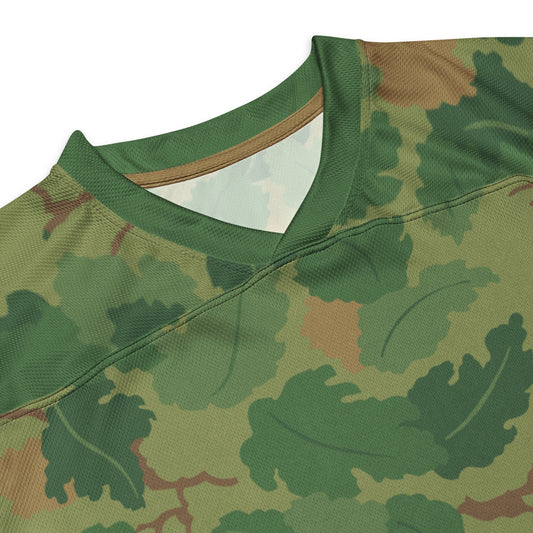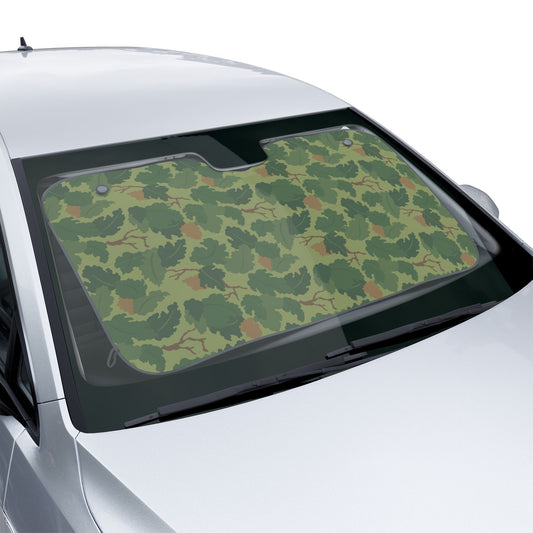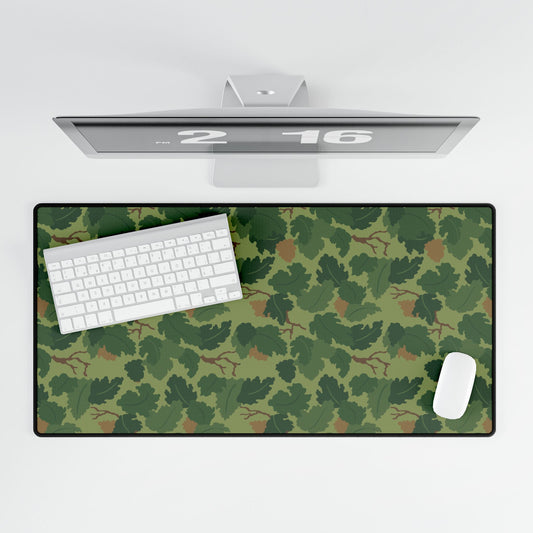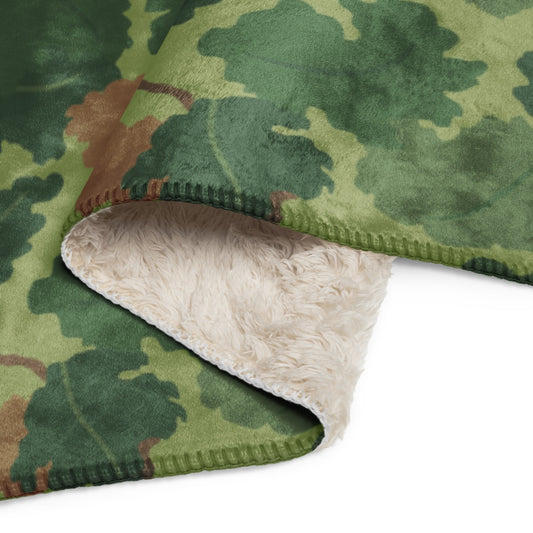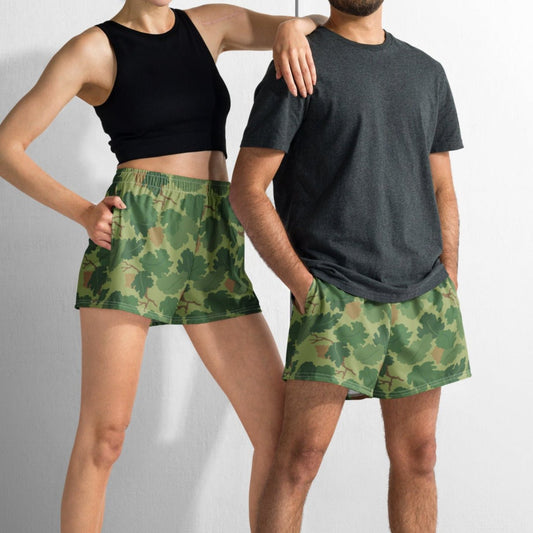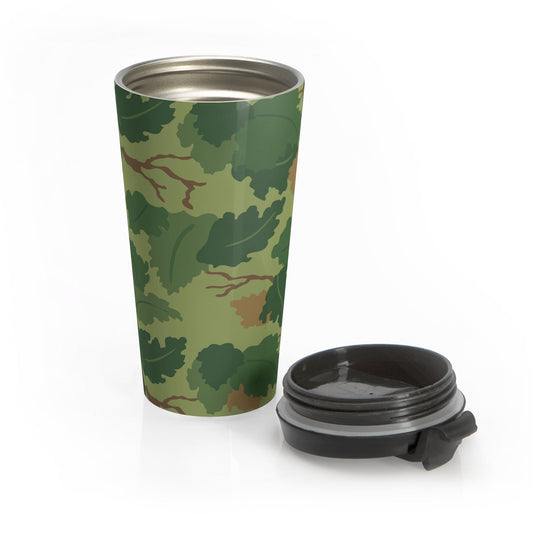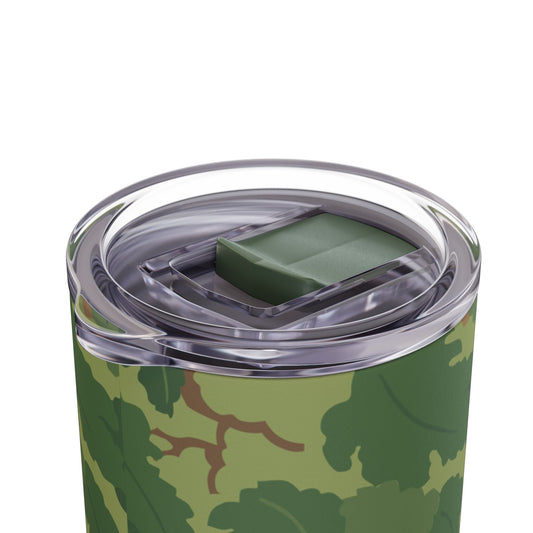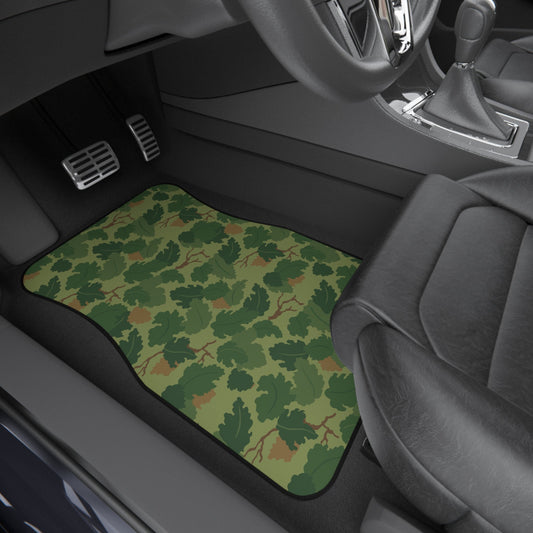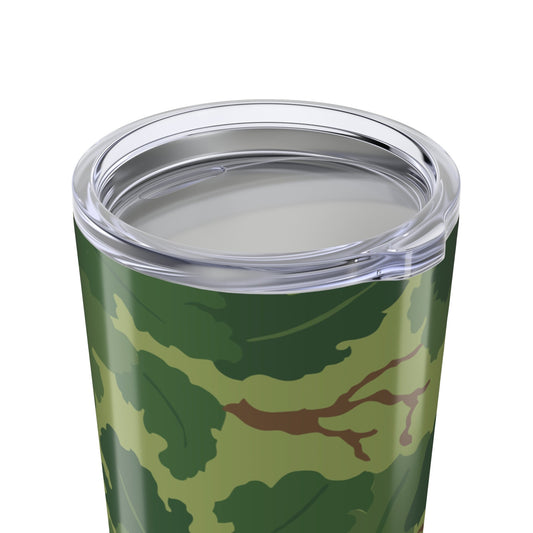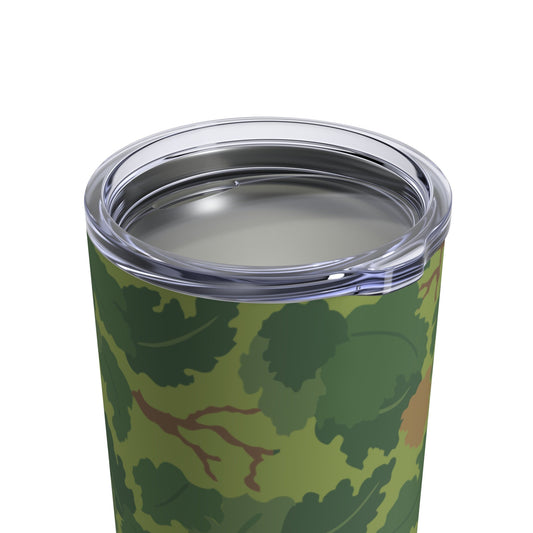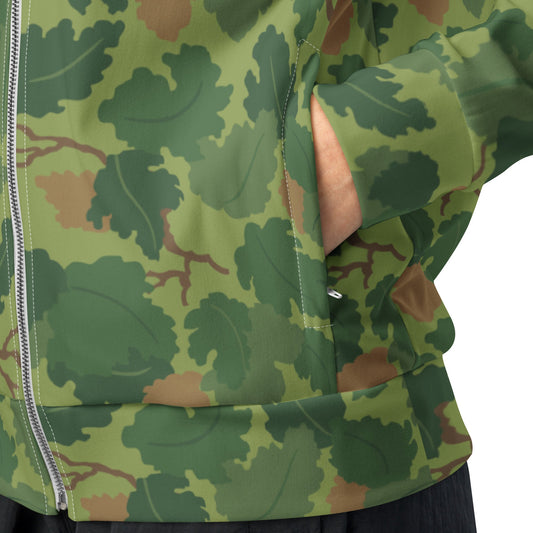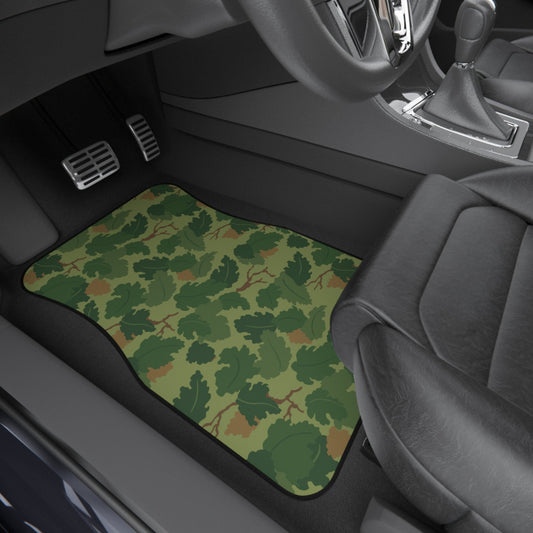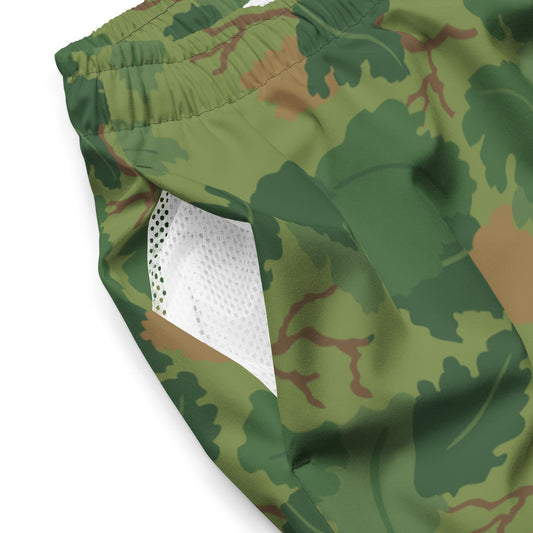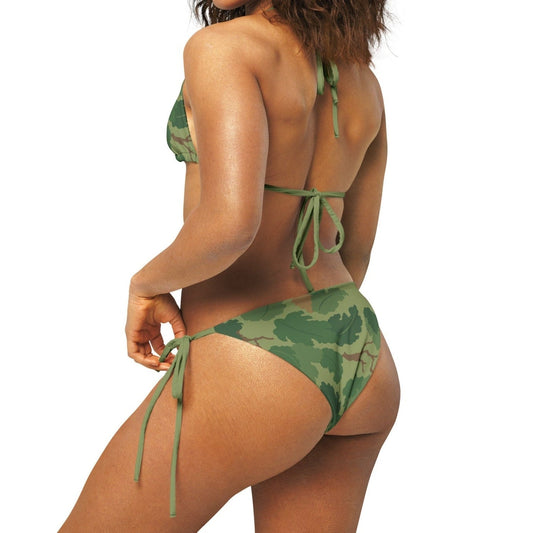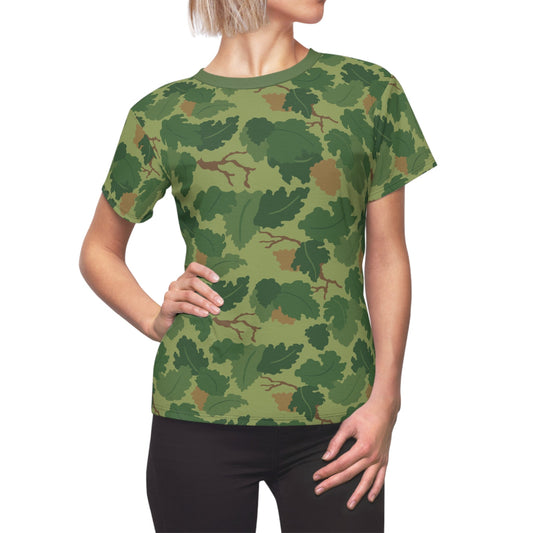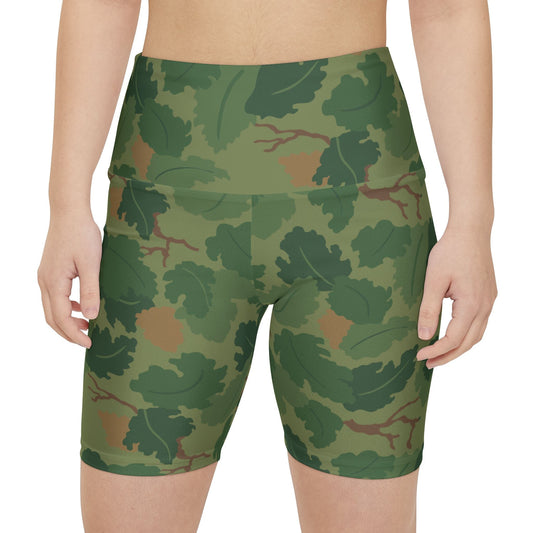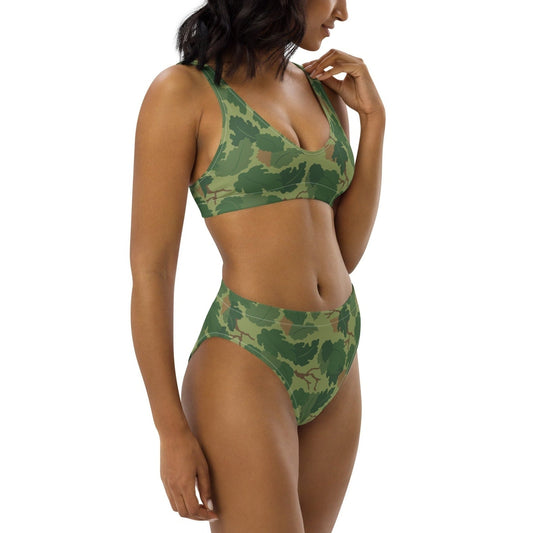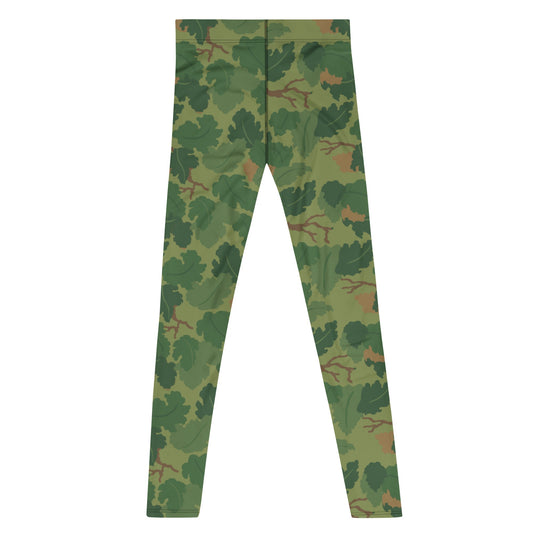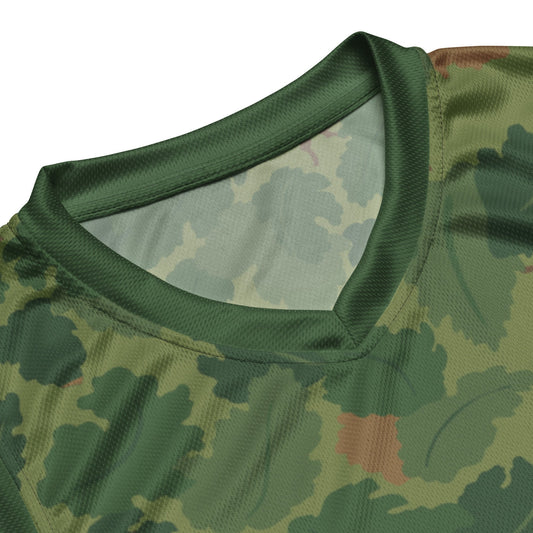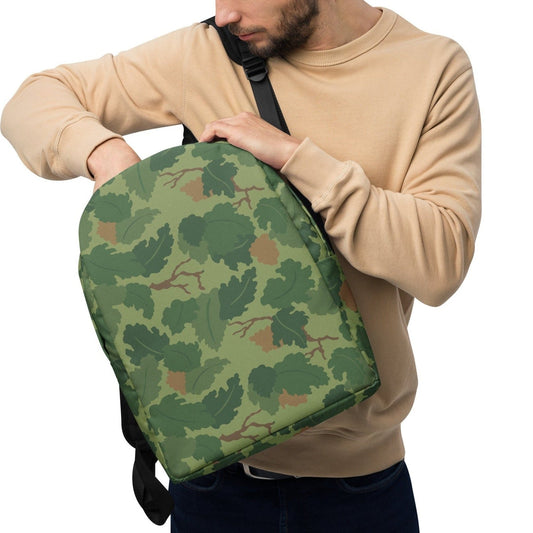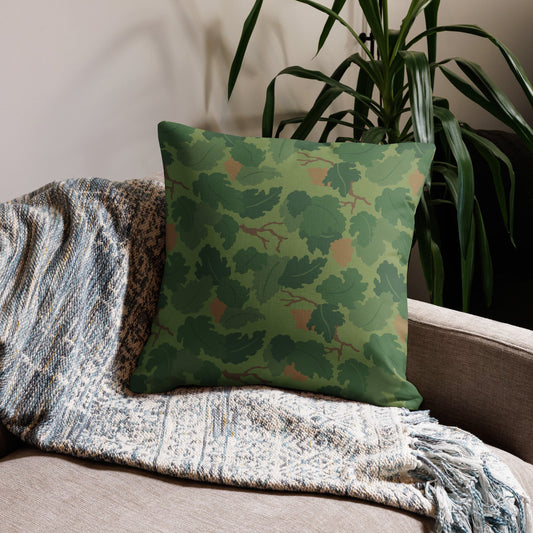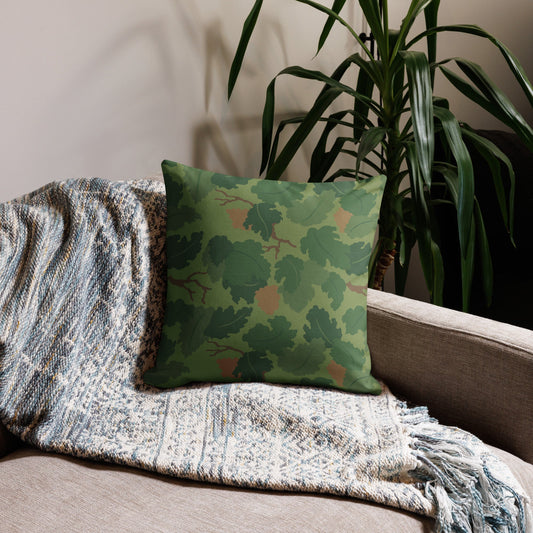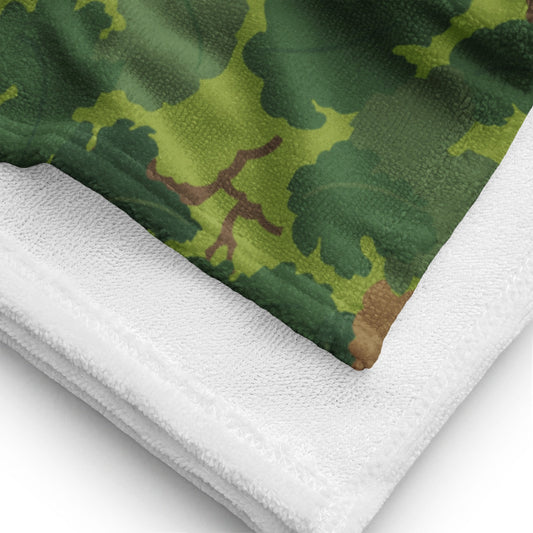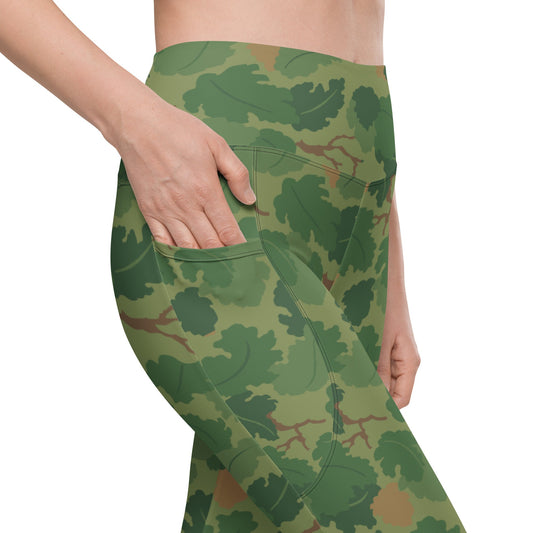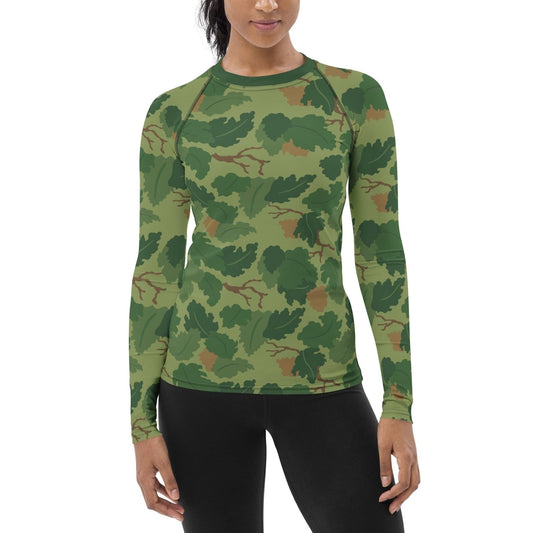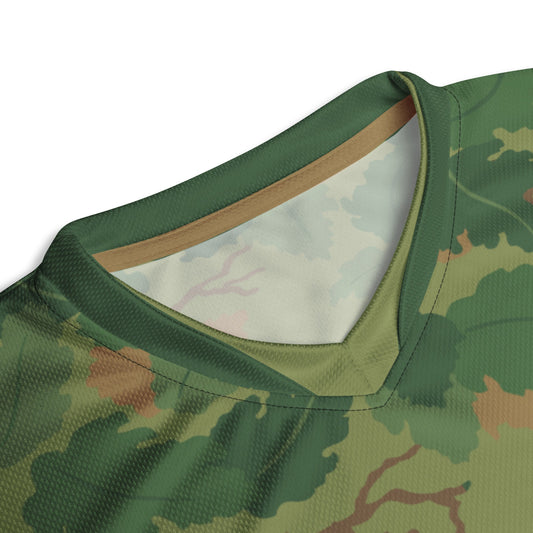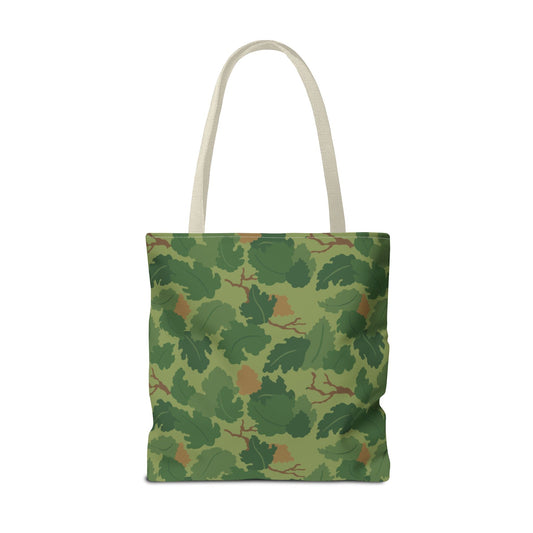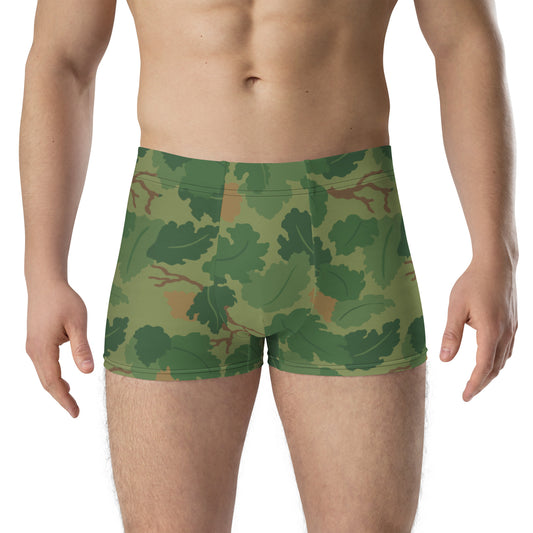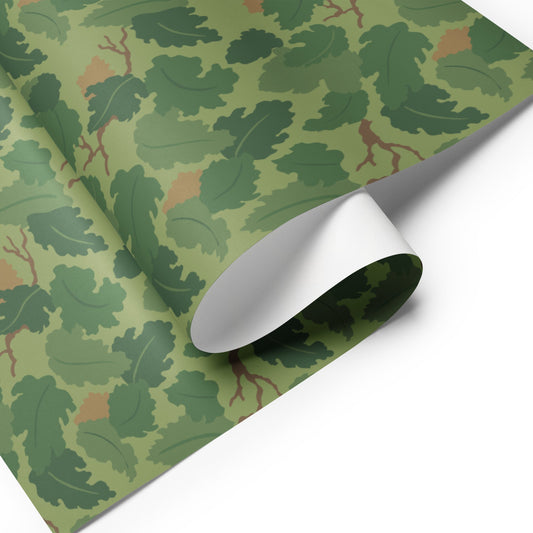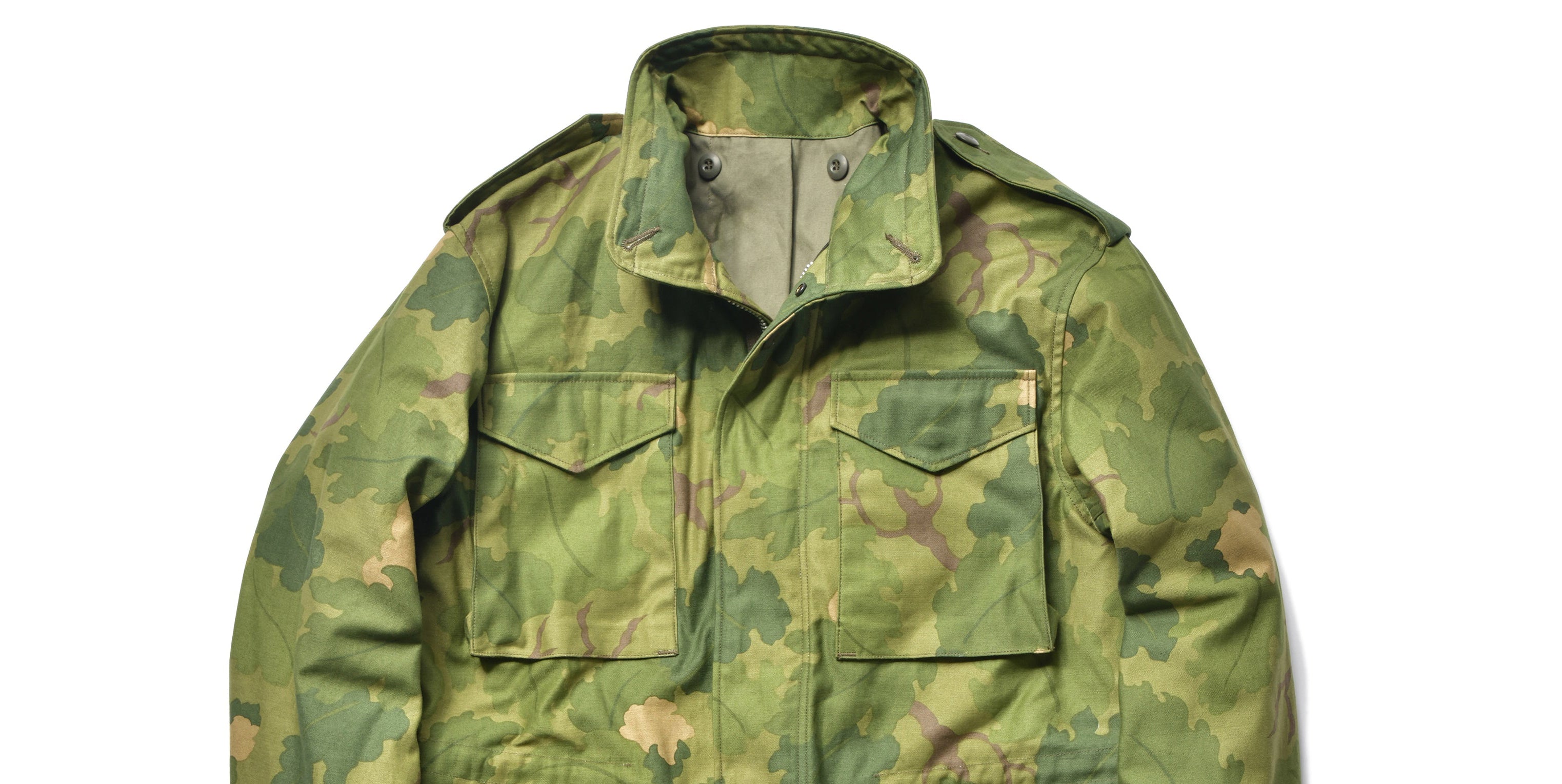
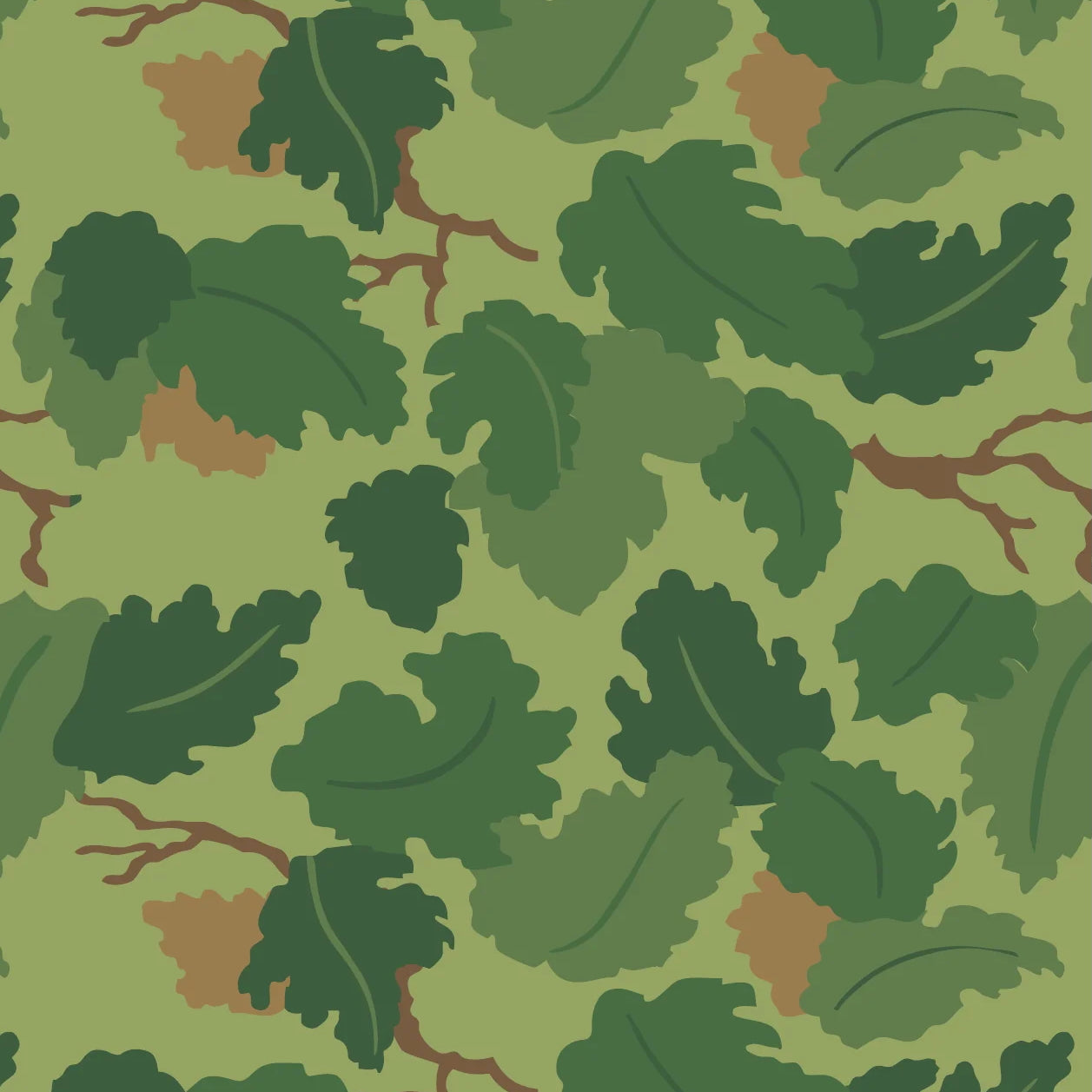
-
Mitchell Camo Hockey Jersey
Regular price $58.50 USDRegular priceUnit price per -
Mitchell Camo Windshield Sun Shade
Regular price $36.97 USDRegular priceUnit price per -
Mitchell Camo Desk Mat
Regular price $23.50 USDRegular priceUnit price per -
Mitchell Camo Sherpa Blanket 60” × 80”
Regular price $76.00 USDRegular priceUnit price per -
Mitchell Camo 2.5″ Inseam Tech Shorts
Regular price $37.20 USDRegular priceUnit price per -
Mitchell Camo Stainless Steel Travel Mug
Regular price $23.64 USDRegular priceUnit price per -
Mitchell Camo Skinny 20oz Tumbler with Straw
Regular price $37.60 USDRegular priceUnit price per -
Mitchell Camo Front Seat Car Mats (Set of 2)
Regular price $45.04 USDRegular priceUnit price per -
Mitchell Camo 20oz Tumbler
Regular price $29.73 USDRegular priceUnit price per -
Mitchell Camo 10oz Tumbler
Regular price $26.50 USDRegular priceUnit price per -
Mitchell Camo Sweatpants
Regular price $55.00 USDRegular priceUnit price per -
Mitchell Camo Track Jacket
Regular price $76.00 USDRegular priceUnit price per -
Mitchell Camo All-Weather Car Mats (Set of 4)
Regular price $92.23 USDRegular priceUnit price per -
Mitchell Camo Swim Trunks
Regular price From $45.95 USDRegular priceUnit price per -
Mitchell Camo String Bikini Set
Regular price $39.95 USDRegular priceUnit price per -
Mitchell Camo Women’s T-Shirt
Regular price $31.50 USDRegular priceUnit price per -
Mitchell Camo Bike Shorts
Regular price $33.69 USDRegular priceUnit price per -
Mitchell Camo High-Waisted Bikini Set
Regular price $48.95 USDRegular priceUnit price per -
Mitchell Camo Men's Leggings
Regular price $35.95 USDRegular priceUnit price per -
Mitchell Camo Basketball Jersey
Regular price $45.50 USDRegular priceUnit price per -
Mitchell Camo Basketball Shorts
Regular price $35.50 USDRegular priceUnit price per -
Mitchell Camo Laptop Backpack
Regular price $44.95 USDRegular priceUnit price per -
Mitchell Camo 22" Throw Pillow
Regular price $36.95 USDRegular priceUnit price per -
Mitchell Camo 18" Throw Pillow
Regular price $32.95 USDRegular priceUnit price per -
Mitchell Camo Towel
Regular price $32.95 USDRegular priceUnit price per -
Mitchell Camo One-Piece Swimsuit
Regular price $34.95 USDRegular priceUnit price per -
Mitchell Camo Tech Leggings
Regular price $48.50 USDRegular priceUnit price per -
Mitchell Camo LS Rash Guard
Regular price $52.50 USDRegular priceUnit price per -
Mitchell Camo Women's Long-sleeve Base Layer
Regular price $52.50 USDRegular priceUnit price per -
Mitchell Camo Tech T-Shirt
Regular price $39.50 USDRegular priceUnit price per -
Mitchell Camo Vertical Tote Bag
Regular price $29.80 USDRegular priceUnit price per -
Mitchell Camo Boxer Briefs
Regular price $26.95 USDRegular priceUnit price per -
Mitchell Camo Wrapping Paper
Regular price $19.95 USDRegular priceUnit price per -
Mitchell Camo Dog Leash
Regular price $19.90 USDRegular priceUnit price per -
Mitchell Camo Men's Sneaker Hi
Regular price $59.00 USDRegular priceUnit price per

